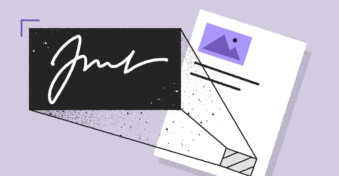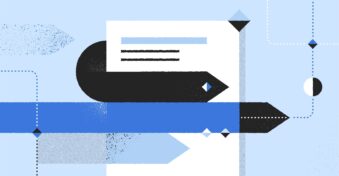Have you ever wondered what a release of liability for a car is? In essence, it’s a document that informs the DMV of a change in ownership and protects you from any future liability if the new owner gets into an accident.
Learn everything you need to know, plus the five steps of releasing yourself from liability below!
What is a Release of Liability?
A release of liability waiver is a form that allows one party (the Releasor) to release another party (the Releasee) of any liability from injuries, deaths, or damages that may occur.
What is a Release of Liability for a Car?
A release of liability form for cars is used to notify the Department of Motor Vehicles (DMV) in your state that ownership of the vehicle has changed hands. It is often filed by the original owner of the car rather than the buyer.

When to File Release of Liability for a Car?
It’s generally best practice to submit the release of liability form as soon as possible. Most states set a deadline of a few days after the time of sale, but submitting it sooner would be wise to minimize the risk of being liable for any damages.
Why to File Release of Liability After Car Sale?
If you don’t file a release of liability form after selling your car to someone else, you could be held responsible for any injuries or damages that occur if they get into an accident.
In fact, this is why it’s so important to use an accurate odometer reading on the release of liability form and never round up or down. By rounding up by two miles, you would be leaving yourself open to liability if the buyer of the car gets into an accident within two miles after purchasing the vehicle.
How to Release Your Liability After a Car Sale?
To avoid civil claims and even criminal charges if your former car is involved in an accident, you must release your liability in a timely manner. Here are the steps you’ll need to follow to submit your release of liability form.
Step 1. Buyer and seller information
Your release of liability form should include the name of both the original owner of the car (seller) and the new owner (buyer) to be processed. You should also include the contact information for both parties and bring a valid ID (such as your driver’s license) with you when you submit the form.
Step 2. Car description
The release of liability form needs to include a clear description of your car. For starters, you’ll need to list the car’s license plate number and vehicle identification number (VIN).
You will also need to state the make, model, and year of the car as well as what color it is. As previously mentioned, you will need to list the exact odometer reading at the time of sale to fully protect yourself from future liability.
Step 3. Title transfer
The date of the title transfer will need to be stated on your release of liability form, so the DMV knows when the sale was finalized. Other information on your title and the nature of the purchase may also be required depending on your state.
Step 4. Surrender license plates
Once you have submitted your release of liability form with all the information above, certain states will also require that you surrender your license plates or have them transferred to another vehicle within a specific number of days.
To check whether or not your state requires you to surrender your license plates after your release of liability is processed, simply check the DMV website in your region or call them through the official hotline.
Step 5. Cancel insurance
After transferring the title to the buyer, creating the bill of sale, and submitting your release of liability form to the DMV, it’s time to cancel your car insurance. In addition to preventing any further charges to your credit card, canceling insurance for the vehicle is also a crucial step in releasing yourself of liability.
If you don’t cancel the insurance for the vehicle, then you might be on the hook for any payouts the insurance provider makes if the new owner gets into a car accident. They may then opt to come after you for the damages and cite your negligence in not canceling the insurance after selling the vehicle.
Alternatively, you can also call your insurance agent to inform the company of the vehicle’s purchase and request that the insurance policy be transferred from the old vehicle to your new car. Certain insurance providers even let you handle this transfer process through an online portal.
Final Thoughts
As you can see, submitting a release of liability form is essential if you don’t want to fall victim to civil claims and criminal charges after you’ve already handed over the vehicle to a buyer.
If you need help creating a release of liability form or any other waivers, you can use PandaDoc Waivers for free. The easy-to-use solution will help you set up digital waivers in minutes and show you a list of all your active waivers!
Click here to get started.


